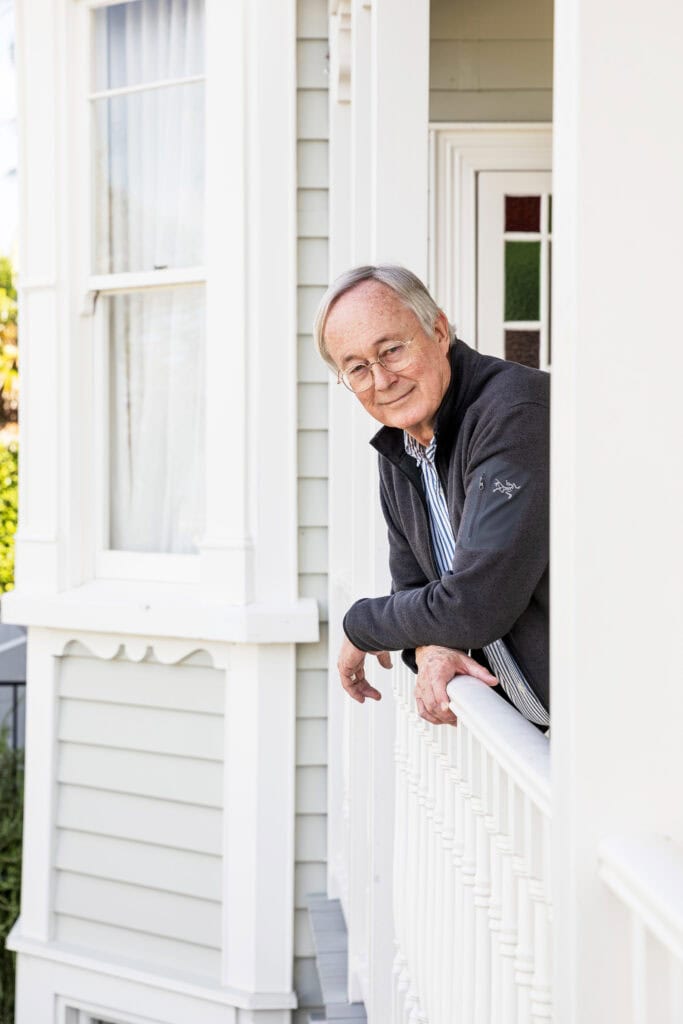
I have always wanted to be helpful to people and “fix” a wide range of things that are not going well for people. This perhaps explains why I became a Specialist General Practitioner rather than an Eye Surgeon or a Plastic Surgeon. I have always had an interest in mental health and the power of psycho-social interventions to help patients and to help myself function better in everyday life. While also trained in Epidemiology and Evidence Based Practice. As a student, I trained in Youthline and learnt how to listen to patients, which has proved very handy in my medical career. I was also interested in group therapy and did a psychodrama course shortly after graduating. Over my career, I have watched as alternative therapies such as Mindfulness and Meditation have gone from alternative therapies to becoming mainstream. Things like EMDR (Eye Movement Desensitization and Reprocessing) for psychological trauma have gone from being a very weird thing to do to now being established as being effective in numerous randomised trials. In recent years I have done a course on Havening in Raglan township and the Lightning process used for chronic fatigue syndrome and Long-Covid. I am endlessly curious about what these interventions involve and what may be the key components that bring about therapeutic change.
Given all the above it is no surprise that I did some training in Neurolinguistic Programming (NLP). Initially, I spent a weekend with Dr Suzanne Henwood and learned several useful interventions I use in my general practice. A few years later, I did an 18-day course with Richard Bolstad, a world expert living in New Zealand. However, I did not think I could manage 18 days in a row, so I did the first nine days, which was some of the most enjoyable learning. I was aware in the course that we would be trained in how to do the Rapid Phobia Cure (RPC), and I started reading about this before being taught it in the course. I was staying with some friends, and one of the evenings, my friend’s partner told me that she had a phobia of big black moths, and the thought and reality terrified her. She had no problems with big white moths or small black moths. I ran her through the RPC, and she had a dramatic response. When she thought about big black moths, she could remain calm. I confessed to Richard Bolstad the next day that I had used the RPC successfully but without a licence. He was very pleased and supportive.
What is the Rapid Phobia Cure
The developers of NLP surveyed people to find out about how they had managed to get rid of their phobias, and many people said they imagined it was happening to someone else. The developers came up with the genius idea of getting clients to make a video in their mind of their worst phobia experience and imagine they were watching themselves in a movie. The client would be sitting in the movie theatre as well as the projection box watching themselves watching the movie (two orders of dissociation). The movie would run on an old black and white screen (a symbol of the past) and show a movie of a phobia-inducing event from a safe place, over a minute to finish in a safe place. The next step is to float down fromthe theatre seats and join in the movie, turn it to colour (to symbolise the present), and then run it backwards rapidly so that the client “pops” out at the end. For some people, a single run can be enough to get rid of the phobia, while others need two or three runs. About a third of people are completely cured, another third is very much improved, and a final third gets no benefit. The amusing part of this intervention is that when it works, clients say, “It was all in my head, wasn’t it?” I would answer yes, it was not in the Eiffel Tower. Some people laugh when the phobia is gone, and that is a sure sign of relief. For most people, it is gone forever. The youngest person I met was an eight-year-old schoolgirl who had a fear of heights. She did the RPC successfully, and eleven years later, her mother sent me a photo of her in a high place watching a music concert at Eden Park.
The randomised controlled trial (RCT)
With my evidence-based practice background, I have been able to justify working with these alternative interventions. In 2016, I published the results of an RCT which found a 20% effect size for the RPC for fear of heights, which is a very big effect size. If you check Wikipedia, it says that NLP is a pseudo-science, but my RCT challenges that. There were 108 participants in the study, which was the largest at the time and may still be the largest. The methods were copied by the Psychology Department in Oxford, UK to examine a virtual reality machine as an intervention to treat height phobia. This was a very reassuring to have our methodology copied. My study was difficult to get published as one of the reviewers said NLP had been disproved 30 years earlier. This was just prejudice as you would need a systematic review of the interventions showing no benefit and nothing like that had been done in the previous 30 years.
Support from Whau Foundation
The Oakley Mental Health Foundation, now the Whau Foundation, funded this study. They are a very special funder as they are willing to take a punt on well-designed research on non-mainstream interventions. This is an important organisation, enabling the sector to get more effective treatments.

Pictured: Blue Mountain Cable Car
“One of the participants of the study sent me a photo looking through the floor of the cable car. After going through the process she was able to go on holiday to Australia and ride in the Blue Mountain cable car.”

Pictured: David Lim (hairdresser) and Bruce Arroll (researcher)
“I was talking to my hairdresser David about the study. He had a height phobia and he asked if I would run him through the treatment. When he had finished cutting my hair I took him through the process and it cured him of his height phobia completely.”